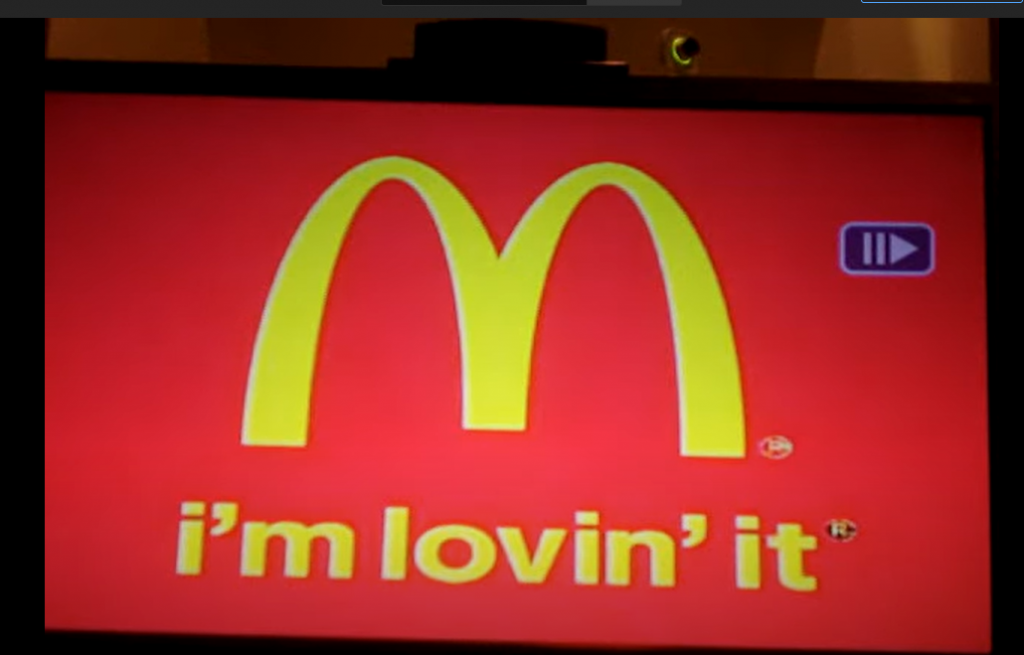With the population growing at a rate never seen before in human history, basic literacy has become paramount for the world to remain connected. Over the past 20 decades, literacy rates have increased by 74% globally; meaning that over 86% of the population can read and write (ourworldindata, 2018). This is the basic backbone for effective communication in the 21st century.
In the advertising industry, we can use the power of words to create positive change and influence consumer decisions… but it has not always been used so positively.
Subliminal messages are words, or phrases, embedded into media that are covert, not consciously perceived but are recorded by the subconscious mind. In other words, subliminal messages are delivered beneath the human conscious threshold of perception.
Sounds a bit abstract, doesn’t it?
I’ve always been big on the power of your subconscious mind… but that’s an entirely different topic in itself. Though I do want you to consider the influence your subconscious has on your day-to-day life. Think of what habits you have subconsciously downloaded… and are you able to trace them back to its origins?
It is no lie that we pass a parade of adverts on our way to work, on the radio, when searching the web or when mindlessly scrolling through Instagram. Adverts have become an integral part of business to increase visibility and to develop and sustain brand loyalty – but more importantly, advertisements have planted themselves as one of the most prominent and influential aspects of Media.
In this blog, I will talk you through some examples of how subliminal messages have been implemented into media through audio-visual and print examples.
To embed subliminal messages into audio-visual materials, you must first insert a word or phrase into a single frame of an ad; this phrase must be gripping and something the audience would understand in one go. The frame must ideally be long enough for the subconscious to pick up, but too short for the audience to be consciously aware of. This message could be about anything from exaggerating the benefits of the product, to stating that this product is significantly better than its rivals.
How does that work? This is as we naturally scan for words no matter how much we try to resist. Try looking at the underlined text without reading it: you can’t, can you? Adverts have the opportunity to grab your subconscious attention before you’re even aware of it.

This was put into practice in the early 1970s with a board game advertisement for ‘Husker Du’. The company paid for a series of TV ads which featured a single frame with the words: “Get it.”
…if you aren’t somewhat spooked already, keep reading on. Thankfully, sharp-sighted parents noticed the subliminal message encoded in the advert, and it was later pulled by the FCC (The Reprobate, 2019).
Another example is Marlboro’s Subliminal Barcode message. Marlboro is a cigarette brand who tried to promote themselves during a Formula 1 driving event. At that time, cigarette advertising was recently banned. It was deemed an undesirable good due to its poor health effects, and therefore all advertisements or sponsorships were deterred. To overcome this and convey the brand without the actual logo, Marlboro used a barcode-style design on an F1 car.

Although they were not allowed to advertise cigarettes, they still went ahead with it. The design seems deliberate, with the logo appearing when the car was moving fast. They were caught by The European Public Health Commission and European Lawmakers, who noticed their sly promotional method and later ruled “that the design was indeed too close to the banned Marlboro design” (Shewan, 2021). Of course, Marlboro told The Wall Street Journal that it was not intentional… but what else could it have been?
Despite the immorality of this, I still find it to be an incredibly smart design idea. It’s a shame it was used in the wrong way.

Finally, I couldn’t resist but to add an example of McDonalds using subliminal advertising. In all honesty, this is by far the creepiest for me.
While Food Network’s ‘Iron Chef America’ was airing live on TV in 2007, the screen suddenly turned red for a single frame. It was quick enough for the viewers to only see the red and not see the image in its entirety.
It turns out that the flash of red was a McDonalds advert with its logo and slogan: “I’m lovin’ it”. The scariest part was the brand’s denial of the subliminal advertising and claiming that it was simply a “technical error”. (npr, 2007)

Regardless of this, I wonder if this helped to actually drive up sales for McDonalds. I theorise that brand visibility was ultimately increased through the logo (it was literally acknowledged by viewers)- therefore possibly making the audience consider buying a meal.
I see McDonalds was trying to FEED images into people’s subconscious minds.. eh? 🍟
Overall, we operate in an industry which holds significant power to influence audiences. We share messages which create change, inspire and comfort individuals and communities. We should focus on embedding positive messages through our campaigns and never use the subconscious mind with the intent of negative subliminal advertising… especially with the intention of forcing an outcome which is unethical.
By Sonia Khanna
References
https://reprobatepress.com/2019/12/19/the-subliminal-appeal-of-husker-du/
https://www.campaignlive.co.uk/article/marlboro-coke-kfc-used-subliminal-advertising/1383489
https://www.npr.org/templates/story/story.php?storyId=7029425&t=1657531966605



